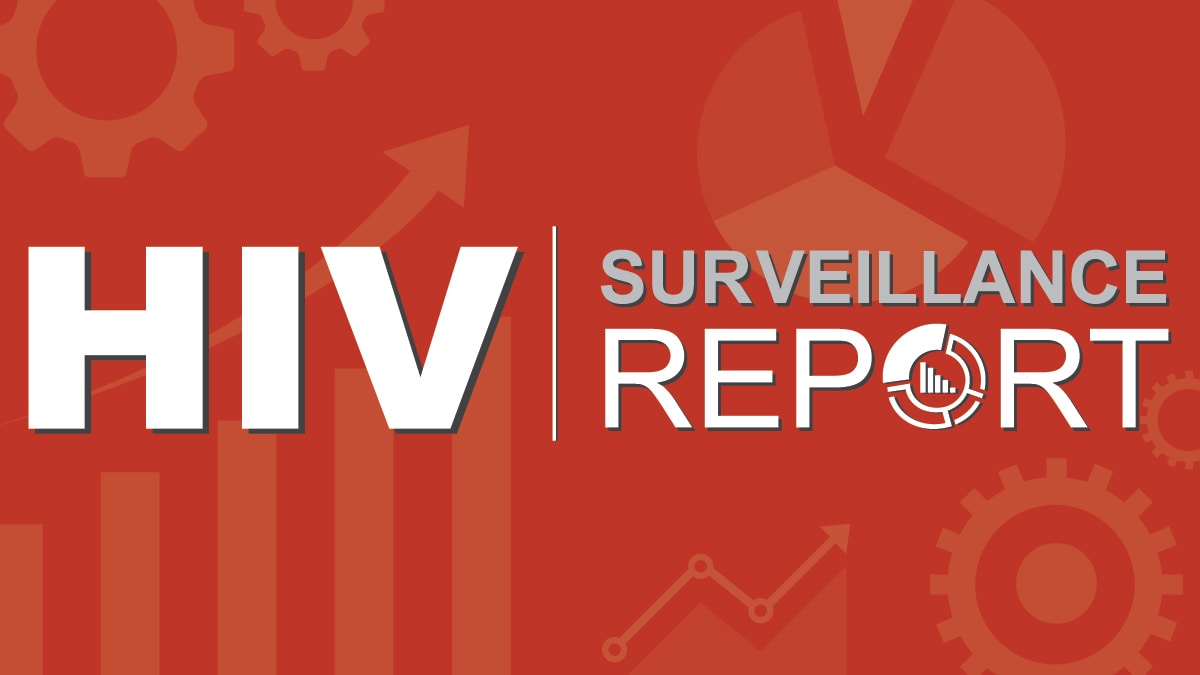At a glance
In 2023, 78% of gay and bisexual men indicated they were tested for HIV within 12 months of being interviewed, the first step toward engaging in HIV prevention or treatment services. Although awareness of PrEP is widespread among gay and bisexual men (93%) and 45% reported using PrEP, racial and ethnic disparities persist in PrEP use. Understanding and addressing barriers to PrEP use among Black and Hispanic/Latino gay and bisexual men are needed. Among gay and bisexual men with HIV, the majority (96%) are currently taking HIV medicine.

Key findings
HIV testingA, PrEP awarenessB, PrEP useB, and HIV treatmentC, 2017 and 2023
Changes over time
Note: The PrEP use data in NHBS are separate from CDC's official PrEP indicator. They are self-reported data from a sample in specific settings and should not be compared to CDC's official PrEP indicator.
Using these data
Technical notes
For the most up-to-date technical notes for HIV surveillance and monitoring, see the MSM2023 surveillance summary report.
Suggested citation
Centers for Disease Control and Prevention. HIV Infection Risk, Prevention, and Testing Behaviors Among Men Who Have Sex with Men—National HIV Behavioral Surveillance, 19 U.S. Cities, 2023. HIV Surveillance Special Report 2024; 37.
About the data
These descriptive, unweighted data can be used to describe HIV infection among gay and bisexual men and other men who have sex with men and the percentages reporting specific behavioral risk factors, HIV testing, and participation in prevention programs. Monitoring these outcomes is useful for assessing behavioral risk factors and the use of prevention efforts over time and for identifying new HIV prevention opportunities for this population.
- Data include participants who did not report a previous HIV-positive test result and participants who received their first HIV-positive test result less than 12 months before interview.
- Data include participants with a valid negative NHBS HIV test result who did not self-report a previous HIV-positive test result.
- Data include participants who reported having ever received an HIV-positive test result.
